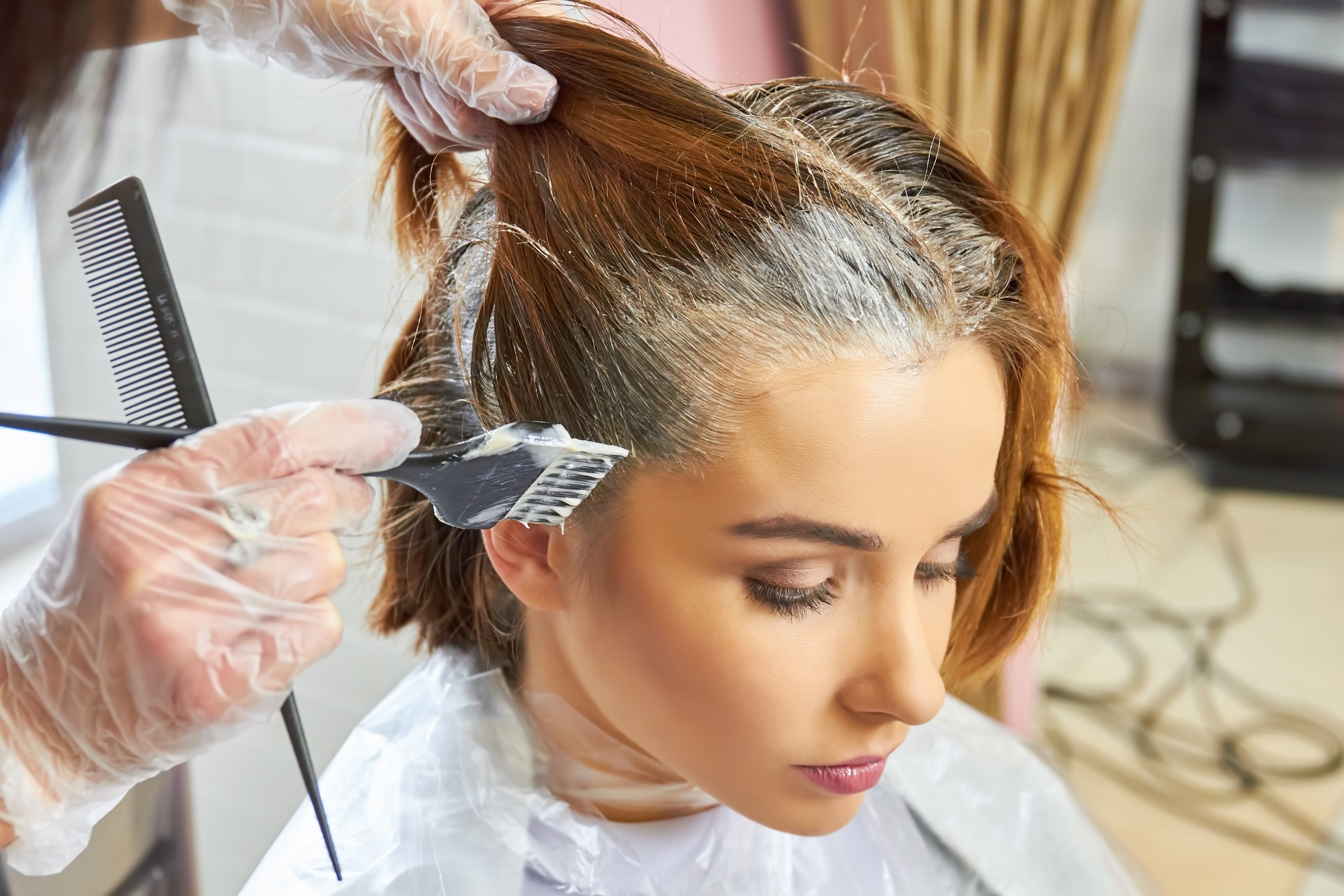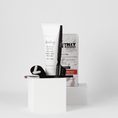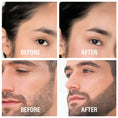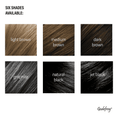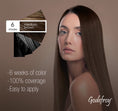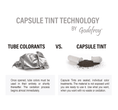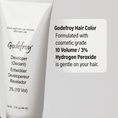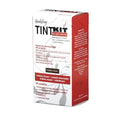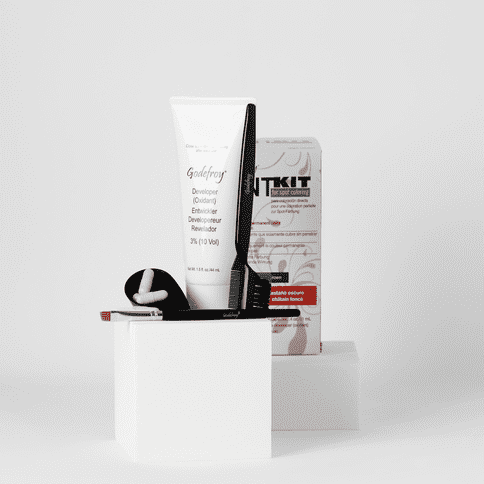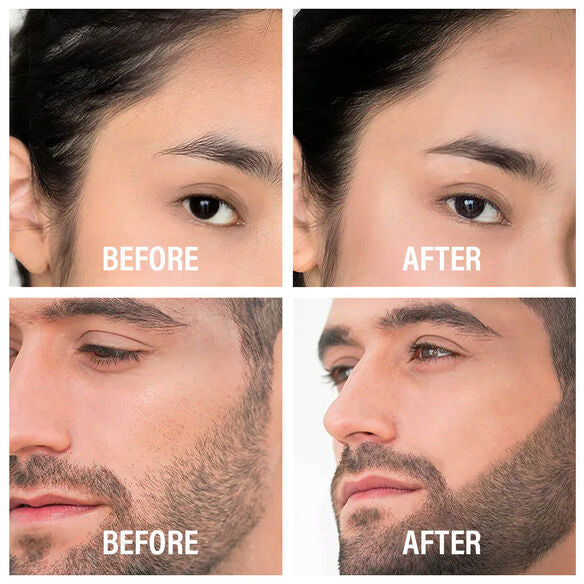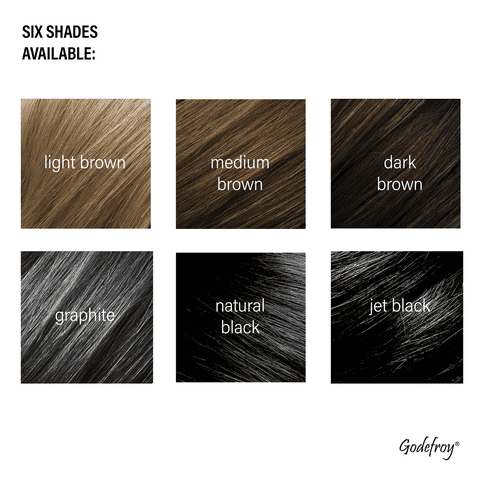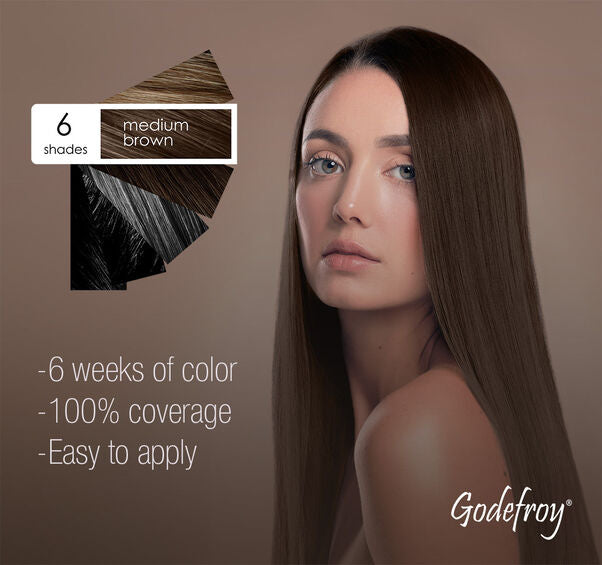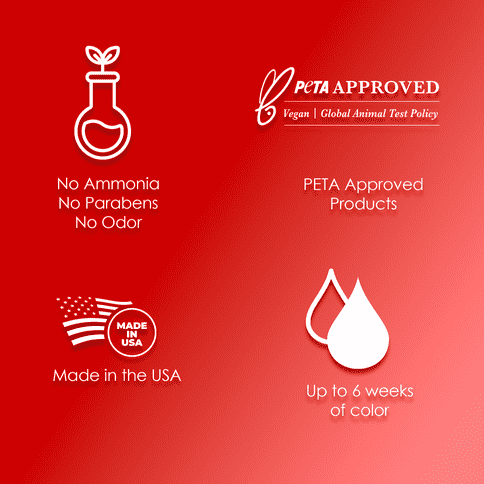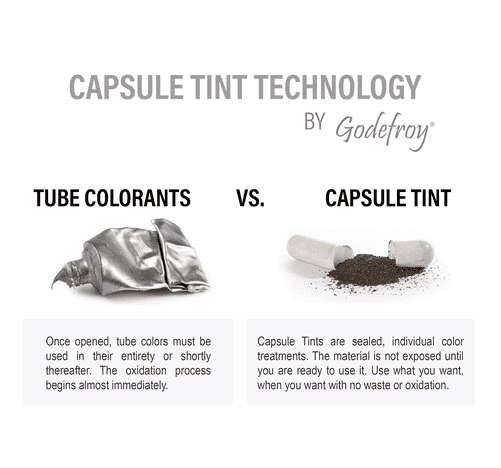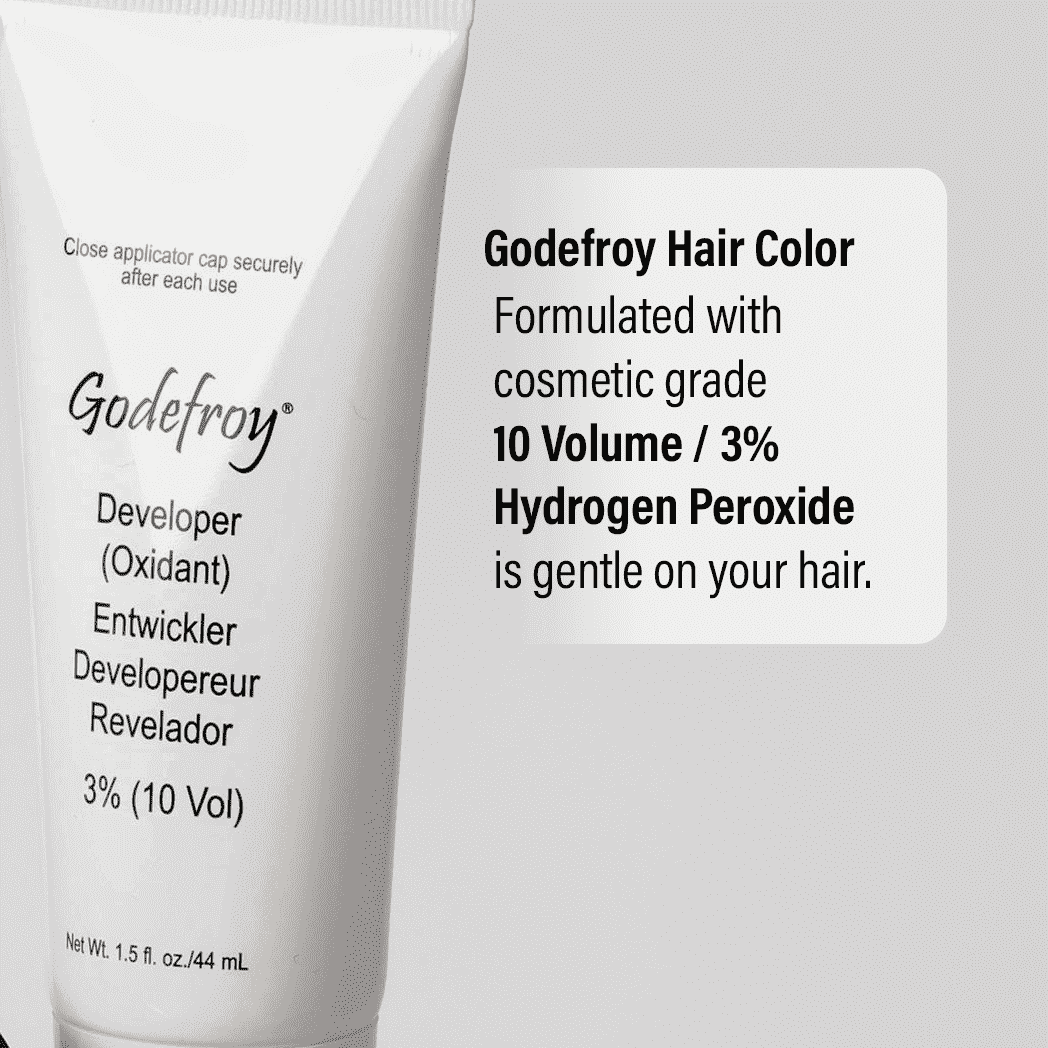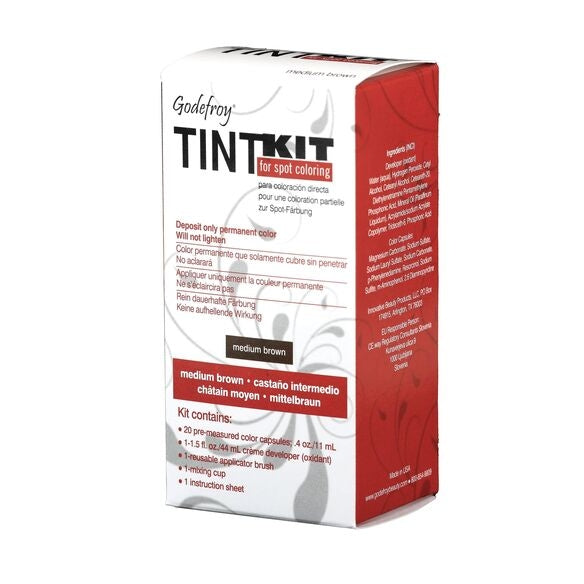Hair Tint vs. Hair Dye: What's the Difference?
By Nnaja Diogu and Aryiah Brown
By Nnaja Diogu and Aryiah Brown
Many people casually use the terms “hair tint” and “hair dye” as if they mean the same thing; but they’re not identical. This distinction is more than just wordplay; it impacts how long your color lasts, how gentle it is on your scalp, the level of gray coverage you get, and how much upkeep you’ll need over time.
In today’s blog, we’ll be covering how to choose the right color product—whether a semi-permanent at-home hair tint kit for quick root touch-ups or a permanent hair color for full gray coverage. We’ll explain how this choice impacts vibrancy, maintenance, and longevity, so you can skip frequent salon visits and avoid early fading.
@_curl_d_ Results!! I love it sm #curlyhair #tint #dye #boxdye #curlyhairboxdye ♬ original sound - Jerusha
What is hair Tint?
Hair tint is typically a semi-permanent or demi-permanent color designed to coat or gently penetrate the outer layer of the hair shaft rather than fully altering the inner structure of the hair. This makes it a softer, less invasive alternative to traditional permanent dye.
Most tints use lower levels of ammonia or peroxide, or in some cases none at all, so they’re gentler on both the scalp and the hair cuticle. Instead of completely changing your natural pigment, a tint is meant to enhance or blend with your existing hair color, giving a refreshing, glossy finish without the harsh chemical lift.
Tints are ideal for:
- Early gray coverage: Perfect for blending scattered gray hairs naturally without a stark line of demarcation.
- Color refresh: Revives faded color between salon appointments or after sun exposure.
- Root touch-ups: Quick fix for visible regrowth along the hairline, part, or sideburns.
- Subtle shade shifts: Allows you to go slightly richer, warmer, or cooler without a dramatic change.
For precise, targeted application, the Godefroy Hair Tint Kit uses single-dose capsules—a convenient format that’s perfect for small areas such as roots, sideburns, or the hairline. This minimizes waste and makes at-home hair tint kit touch-ups quick and mess-free.
Pros of Hair Tints:
- Gentle formula: Low or no ammonia/peroxide reduces scalp irritation.
- Natural-looking results: Blends smoothly for a softer grow-out line.
- Low-commitment color: Fades gradually over several washes ideal for trying new shades.
- Great for maintenance: Quick solution for root touch-ups or enhancing overall tone between full color sessions.
Cons of Hair Tints:
- Shorter longevity: Since tints don’t fully penetrate the hair shaft, they typically last 4–6 weeks depending on wash frequency.
- Limited gray coverage: Best for blending early or scattered grays; may not fully cover resistant grays.
- Minimal lightening ability: Cannot significantly lift dark hair to lighter shades.
- Color may fade unevenly: Especially on porous or previously processed hair.
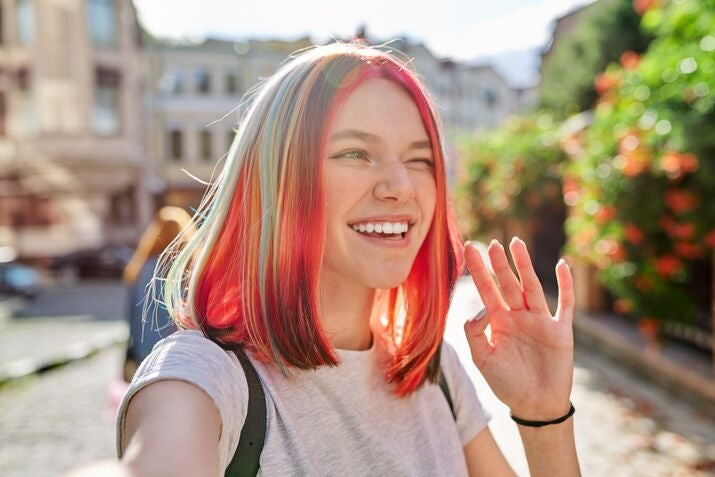
What is hair Dye?
Hair dye is a permanent or long-lasting formula that penetrates deep into the hair shaft to alter the hair’s natural pigment. Unlike surface-level tints, these dyes use stronger chemical agents often including ammonia or similar ingredients to lift the cuticle layer so the new color can settle within the hair’s structure. This process makes hair dye ideal for dramatic color changes. With a wider range of shades, it offers more transformative results than semi-permanent options.
However, the commitment level is higher: as your natural hair grows, you’ll see a clear line where the new growth meets the dyed hair, typically requiring touch-ups every four to six weeks to maintain a seamless look. The chemical process can also affect the hair’s structure over time, sometimes leaving it more porous or prone to dryness without proper after-care. On the plus side, hair dye delivers long-lasting vibrancy, consistent root-to-tip coverage, and reliable gray concealment. On the downside, it demands more maintenance, can increase dryness or breakage if not cared for properly, and may be less forgiving for at-home beginners who want even results.
Key Differences at a glance
When choosing between a hair tint and a hair dye, the difference often comes down to semi-permanent vs. permanent hair color and the results you’re aiming for. Hair tints are semi-permanent and deposit color on the hair’s surface, making them gentler, faster to apply (5–15 minutes), and perfect for subtle refreshes, gray coverage, or quick touch-ups between salon visits. They fade gradually over a few weeks with minimal upkeep and can be applied easily with an at-home hair tint kit.
Hair dyes are usually permanent or demi-permanent, opening the cuticle for deep color penetration, longer-lasting, bolder results, and full gray coverage. They typically require longer processing times (20–45 minutes) and regular root touch-ups. For a quick, low-commitment refresh, tint is your go-to; for lasting, transformative color, choose dye.
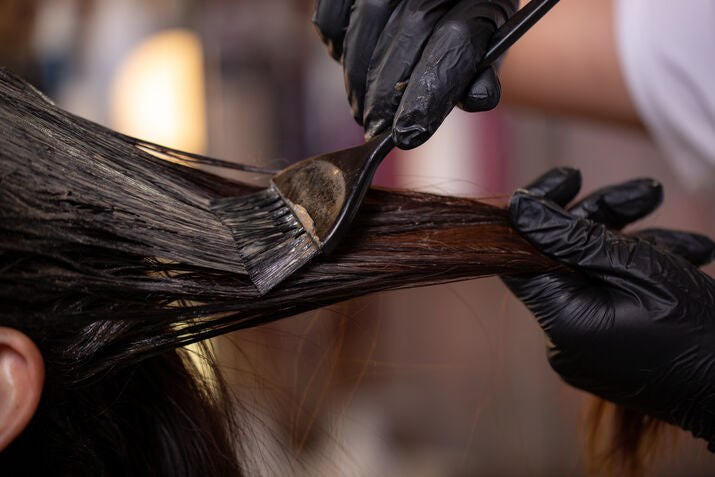
Choosing the right option for your needs
Your choice depends on style, goals and lifestyle. For subtle enhancement or low-commitment gray blending, a tint is ideal—gentle, quick, and easy to change up. For a bold color shift or long-term gray coverage, choose dye for deeper, more vibrant results.
Think about maintenance: tints fade naturally with little upkeep, while dyes often require root touch-ups. If you have a sensitive scalp or fragile hair, tint’s lower chemical load is gentler. Budget also matters—tints are affordable for targeted areas, while dyes can be pricier due to full-head treatments.
For precise, mess-free application on small areas like temples or sideburns, try Godefroy’s Hair Tint Kit for professional-looking results at home.
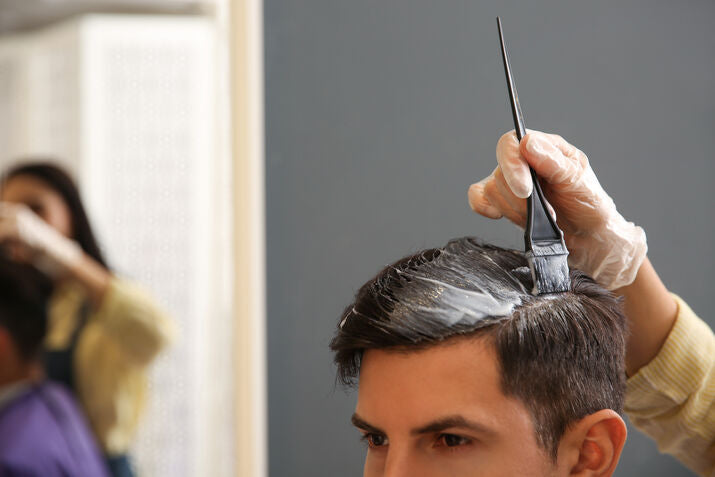
make informed choices for healthier hair
Knowing the difference between hair tints and dyes isn’t just beauty trivia; it can actually save you time, money, and keep your hair feeling healthy. Choosing the right option for your needs helps you avoid unnecessary damage or spending on fixes later.
Whichever you go for, don’t skip the basics: always patch test first to prevent irritation and follow the proper after-care routine to keep your color looking vibrant and your strands strong.
If you’re ready to try it yourself, check out Godefroy’s Hair Tint Kit for precise, salon-quality results at home. Plus, explore our other blog posts for easy application tips and seasonal hair-care guides to keep your color fresh all year. If you missed it, here’s last week’s blog post to check out. Thanks for reading!
Read More
-

How Water, Chlorine, and Sunlight Affect Your Hair Color
Andrew CampbellLet’s be honest—once you’ve colored or bleached your hair, keeping it vibrant is basically a part-time job. Even with salon-grade formulas and sulfate-free shampoo, the...
-

Upcoming Beauty Trends: What to Look Out For in 2026
Emersen AdamsBeauty in 2026 is less about chasing a single “look” and more about building routines that fit your life and...
-

Exosomes in Skincare: The Next Big Thing?
Patricia UgaldeExosomes are having their moment right now in the skincare world; and for good reason. But some may be asking...

